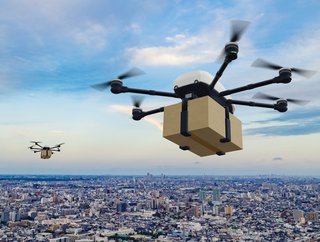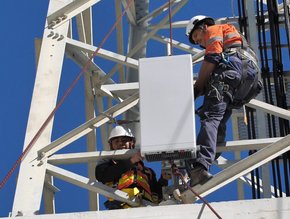Verizon 5G Ultra Wideband allows drones to navigate weather

Engineers at Verizon are exploring how Verizon 5G Ultra Wideband, mobile edge compute and artificial intelligence (AI) can help drones detect, interpret and respond to changing weather conditions in real-time by testing them at the Caltech Center for Autonomous Systems and Technologies (CAST).
Verizon says that researchers are currently testing how the low latency, high speeds and massive capacity of 5G and edge compute can be used to offload the heavy computing hardware that AI usually requires from a drone to the edge of the network, allowing for near real-time interpretation of weather data and near instantaneous in-flight adjustments.
How does the CAST lab work?
In an attempt to recreate the ever-shifting environmental conditions that drones face in the real world, the lab features a three-story-tall aerodrome with more than 2,500 tiny computer-controlled fans that allow engineers to simulate everything from a light gust to a gale. It can also be tilted 90 degrees to simulate vertical take-offs and landings. The custom fan wall, designed and built by Caltech graduate students, was also used as the blueprint for building the fan wall that tested the Mars Ingenuity helicopter at JPL, which Caltech manages for NASA. Verizon is providing funding for the one-year drone research project, as well as, several 5G devices and consultation on 5G technology and hardware.
“By collaborating with CAST researchers, we hope to accelerate the innovation process and development of unmanned aerial vehicles that can autonomously navigate using 5G, edge compute and AI,” said Nicki Palmer, Chief Product Development Officer at Verizon. “This research project is just the tip of the iceberg of what we hope to see tested. The facility and areas of exploration that CAST is working on represent the types of use cases that 5G can really take to the next level.”






